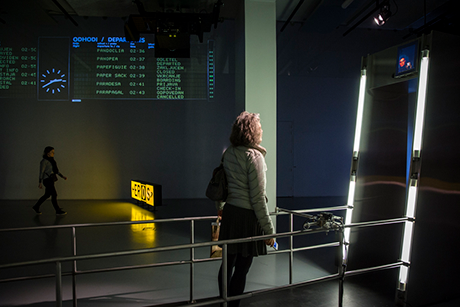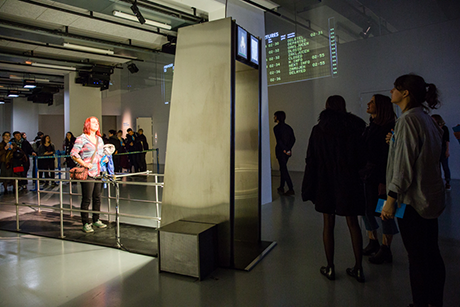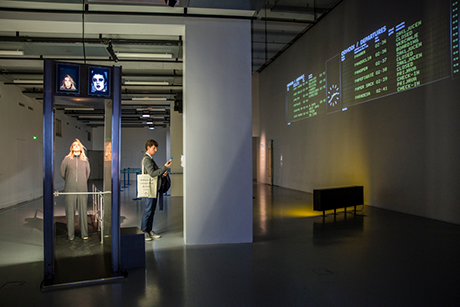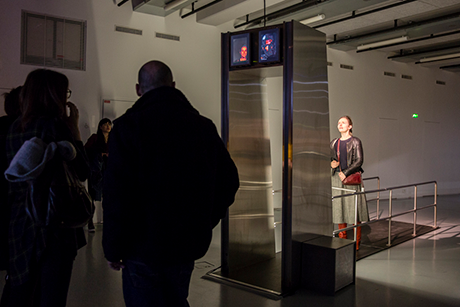Physiognomy is the skill of interpreting a person’s personality from looking at their external features and in particular the face. These practices date as far back as ancient Greek civilisation and throughout history this pseudo-science has been accepted with mixed degrees of credibility. Though not really being taken seriously in this day and age, recent research has revealed that an individual’s facial characteristics can denote qualities of trustworthiness, social dominance and aggression.
Face-recognition software is mainly developed for surveillance and security applications and commonly referred to as "biometric systems". Introduced to improve security, these biometric methods are founded on cross matching the face of the traveller with that in their passport or in forensic and immigration facial databases. The same such software is currently employed in city centres and malls to recognize criminals, shop-lifters and other troublemakers.
The person undergoing the recognition process usually feels uncomfortable. Besides trying to look good in front of the camera, they are also hoping to pass the test. And even if the person is innocent, he is put in the position, whereby technology is passing judgement and we are all aware that technology has its own logic. The visitor is also conscious that being subjected to serious technological tests he will undoubtedly appear guilty for something.
And who is likely to be the biometric match: a blood thirsty 18th century murderer; an artist facing prison because of illegal exploitation of bacteria; or a scandalous glamour model? Will their true identity be revealed through the machine’s match? And why is everybody laughing? The potentially embarrassing answer is seen first by the audience (public) standing behind the portal They have already been through the process and passed the control point: then it is so much easier to laugh at someone else.
In a humorous way, De Nijs is reflecting on the bigger role biometric systems play in present day public space. By using biometric algorithms for physiognomic purposes, he is accusing the visitor of behaviour simply based on their physical appearance. The data base includes a variety of hand picked individuals connected with the hedonist pursuit: Feel Better. The list entails: soap stars, glamour models and celebrities present in sex tapes, even the world record gangbang holder; depressed writers and philosophers who committed suicide; transvestites; musicians with drug problems; and also those associated with the UFO religious movement. The genre of people we are known to fantasize over, but at the same time point the finger at because really there is no place for such unconventional behaviour in our pampered and over controlled society.




